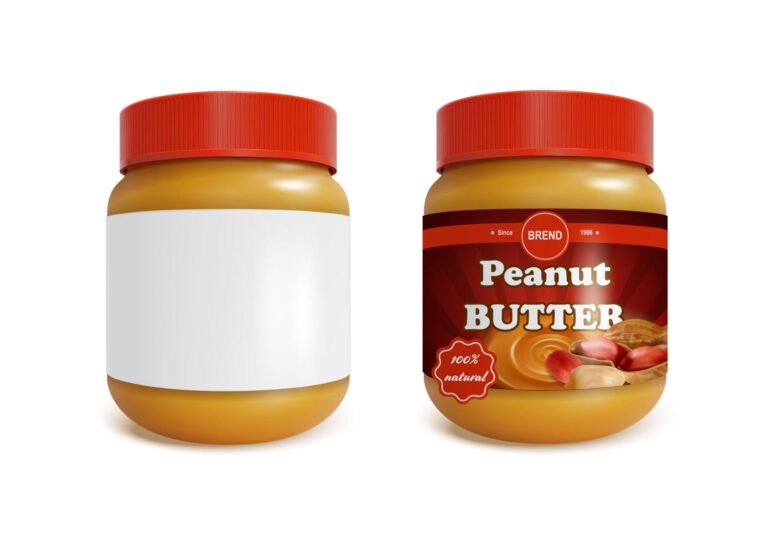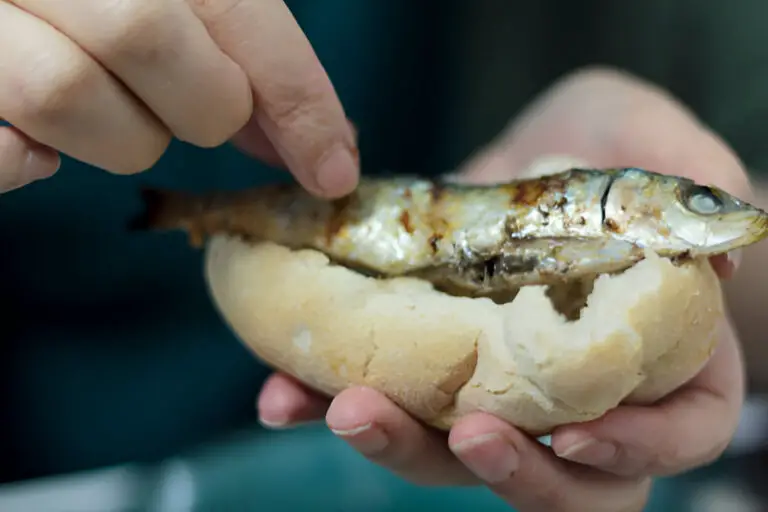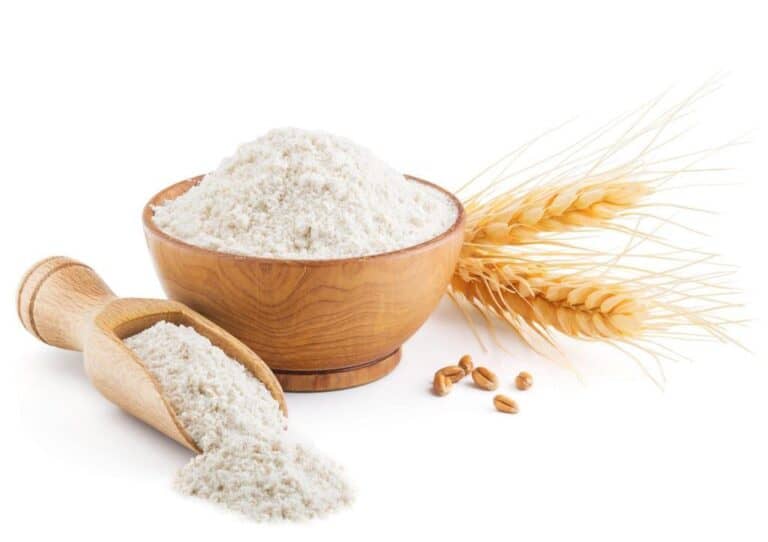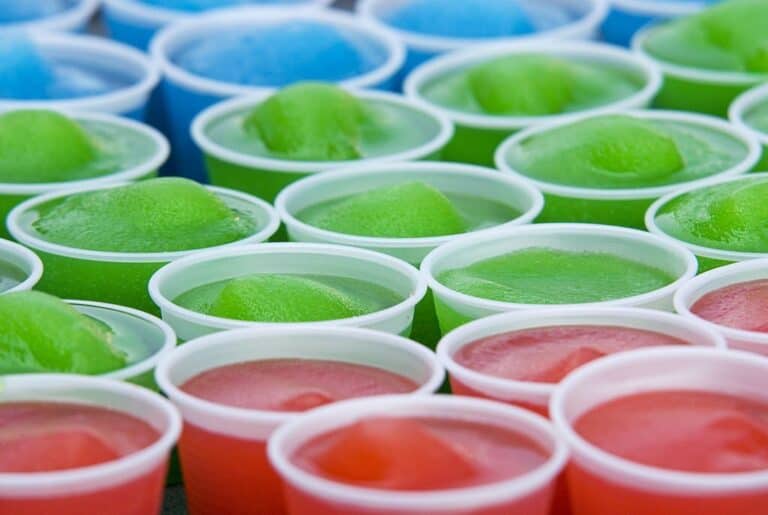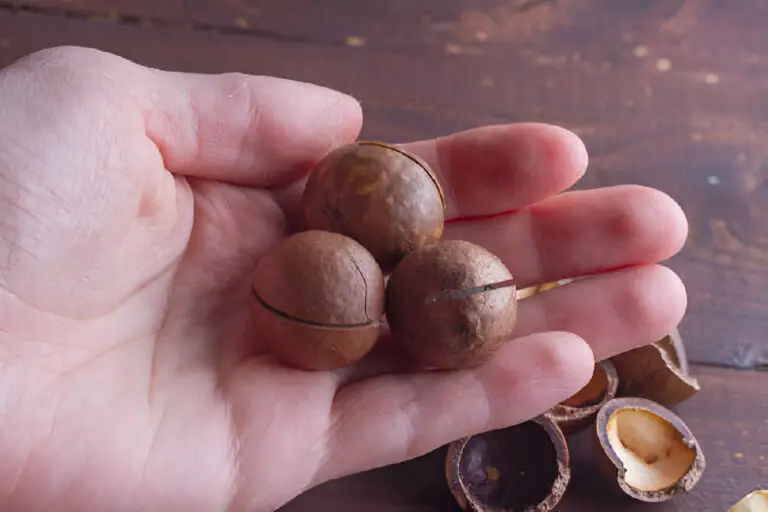Can You Eat Cabbage Leaves That Don’t Form a Head?
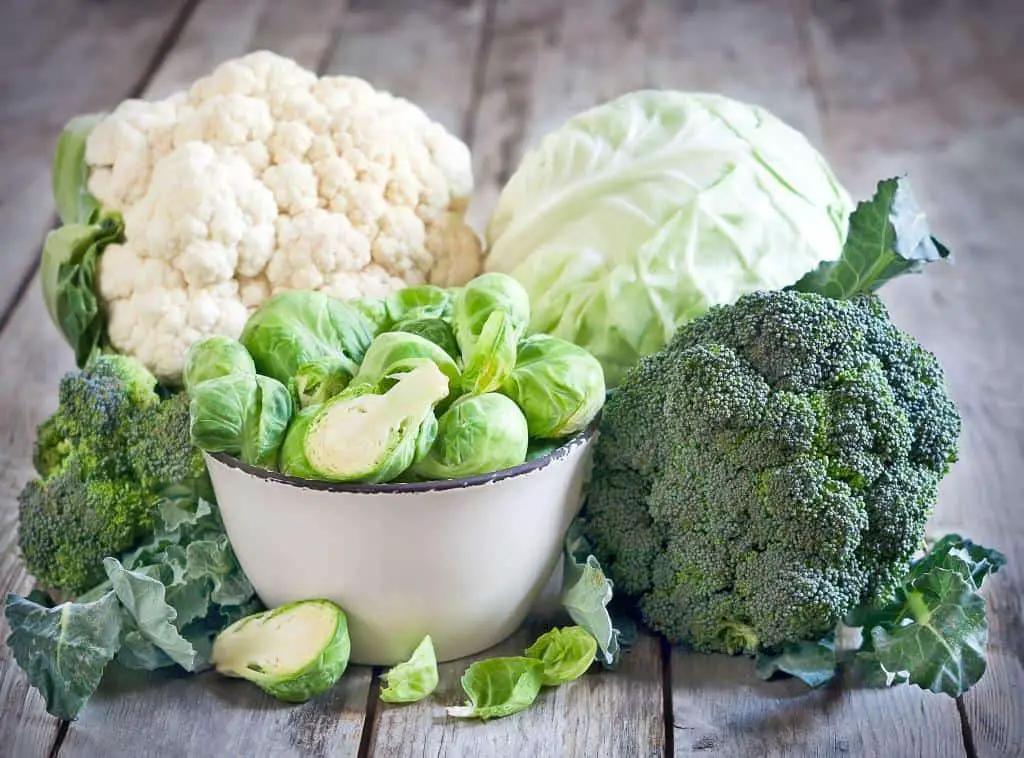
Have you ever planted cabbage, eagerly waiting for those perfect, tight heads to form, only to find your plants stubbornly refusing to cooperate? I’ve been there—watching my cabbages go rogue, sprouting unruly leaves that never seem to gather into that iconic, crunchy ball we all know and love.
So, the question is, can you eat those wayward leaves that don’t form a head? The short answer is yes, you absolutely can! But let’s dig a little deeper, because when life gives you headless cabbage, it’s time to make something delicious.
Why Cabbage Doesn’t Always Form a Head
First things first, let’s get to the root of the problem (pun intended). There are several reasons why your cabbage might decide to skip the whole head-forming stage. It could be anything from poor soil quality, lack of nutrients, or inconsistent watering to temperature issues.
Cabbage is a bit of a diva—it likes things just so. If it’s too hot, too cold, or too anything but perfect, it might just decide that forming a head is too much work. So, instead, it spreads its leaves wide like it’s sunbathing in the garden, leaving you scratching your head and wondering what went wrong.
But here’s the good news: those rogue leaves aren’t a waste. In fact, they can be just as tasty, if not more so, than a traditional cabbage head.
What Do You Do with Headless Cabbage Leaves?
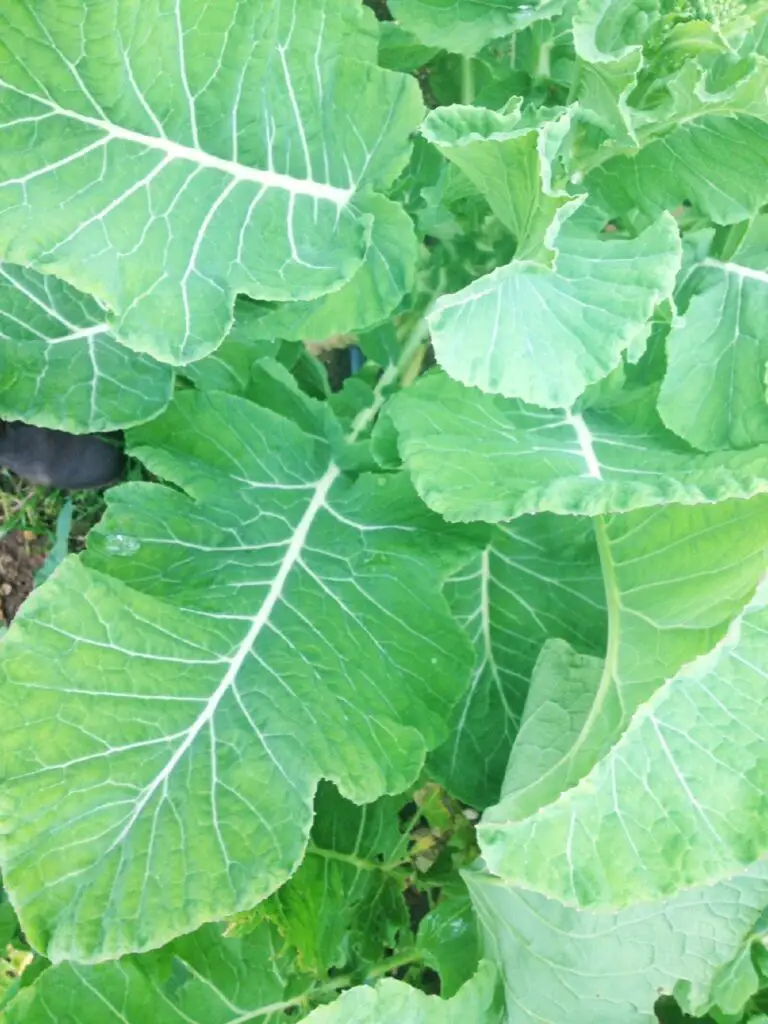
“What on earth am I going to do with these floppy leaves?” was my initial thought when confronted with this cabbage dilemma. Well, it turns out they’re just as versatile as regular cabbage heads. Think of them as the free spirits of the cabbage world, perfect for a little culinary improvisation. Here’s a list of some ideas to make the most of them:
- Sautéed Greens: Just like kale or collard greens, cabbage leaves sauté beautifully with a little olive oil, garlic, and a sprinkle of red pepper flakes. They soften up nicely and pack a punch of flavor.
- Wraps and Rolls: The larger leaves make fantastic wraps. Whether you’re into cabbage rolls stuffed with rice and meat or prefer a veggie-packed wrap, these leaves can handle it.
- Stir-Fries: Chop them up and toss them in your next stir-fry. They add a nice crunch and absorb all those tasty stir-fry sauces like soy, hoisin, or even a spicy peanut sauce.
- Soups and Stews: Add chopped leaves to soups and stews for an extra layer of heartiness. They hold up well in a broth and add that familiar cabbage flavor without needing to be the star of the show.
- Salads: If the leaves are tender enough, you can even toss them into a salad. Think of it as a rustic, hearty green that adds texture and crunch.
| Read: How to Wash and Prepare Cabbage for Cooking |
Nutritional Value: Is There a Difference?
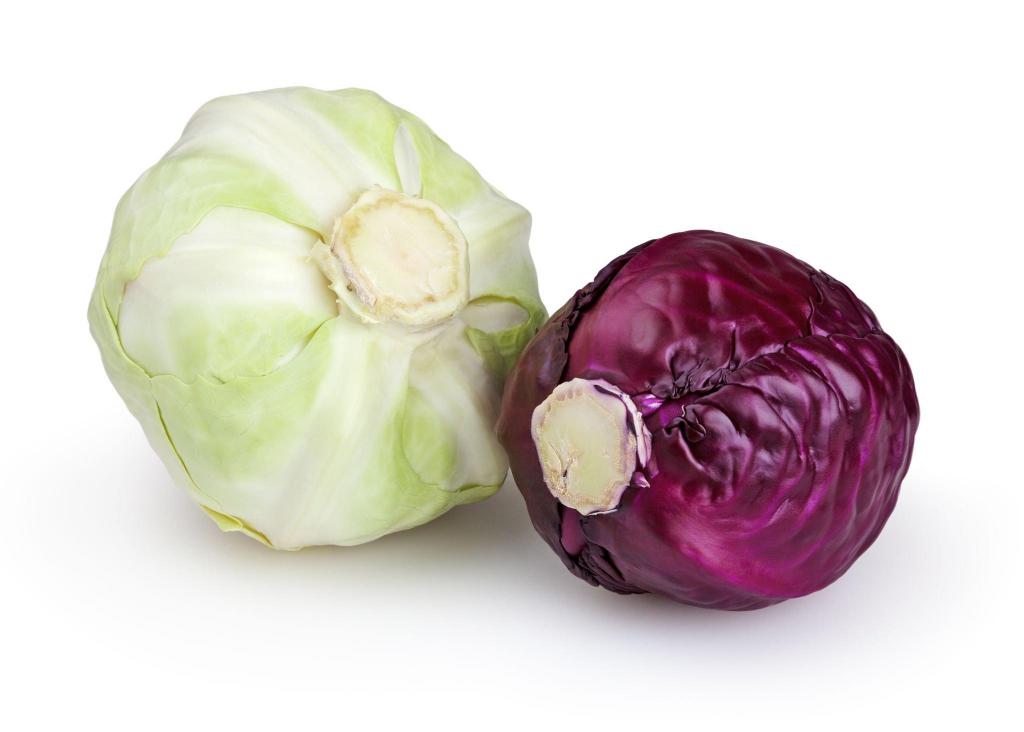
Now, you might be wondering if you’re missing out on anything by eating the leaves instead of a full head. Not at all! Cabbage leaves are packed with the same nutrients as the head—fiber, vitamins C and K, and a host of antioxidants. Plus, because they’re less dense than the tightly packed head, they’re often a little more tender and easier to digest.
| Nutrient | Cabbage Leaves | Cabbage Head |
| Fiber | High | High |
| Vitamin C | High | High |
| Vitamin K | High | High |
| Antioxidants | Rich | Rich |
| Calories | Low | Low |
As you can see from the table, cabbage leaves pack a nutritional punch that’s just as powerful as the heads. So, no need to fret—you’re still getting all the good stuff.
The Joy of Imperfection
Learning to adapt to challenges is a valuable aspect of gardening and cooking. Not every plant grows perfectly, and that’s okay. Sometimes, a little garden rebellion leads to unexpected culinary joy.
Eating cabbage leaves that failed to form a head is merely one of those delightful coincidences. It’s a reminder that perfection isn’t always the goal—sometimes, the most delicious dishes come from embracing what the garden gives us, quirks and all.
I’ve come to love those wayward cabbage leaves. They remind me that nature doesn’t always follow our rules, and that’s perfectly fine. They’ve taught me to be creative, to experiment, and to appreciate the bounty of my garden in whatever form it takes. So, the next time your cabbages decide to ditch the whole head thing, don’t despair. Grab a pan, fire up the stove, and let those leafy rebels shine. After all, in the world of gardening and cooking, it’s not about the perfect head—it’s about the delicious journey.
| Check out: Can You Cook Red and Green Cabbage Together? |
Embracing the Unexpected in the Garden
Let’s face it, gardening is as much about learning as it is about growing. I’ve lost count of the times I’ve tried to coax a plant into doing what I wanted, only for it to go its own way. And honestly, that’s part of the fun. Cabbage leaves that don’t form a head are just another chapter in that story.
They possess character, flavor, and a hint of wildness. With a plate full of tasty, tender leaves ready to transform any meal into something special, who needs a perfectly round head?
So, next time you find yourself staring at a cabbage plant that seems to have missed the memo, don’t sweat it. Grab those leaves and get cooking. You’ll not only make the most of your garden’s harvest but also add a little flair to your plate. Remember, the kitchen and garden are places for creativity, not just rules.
So, embrace those headless cabbage leaves with open arms—and an open recipe book. You might just discover a new favorite dish in the process.

